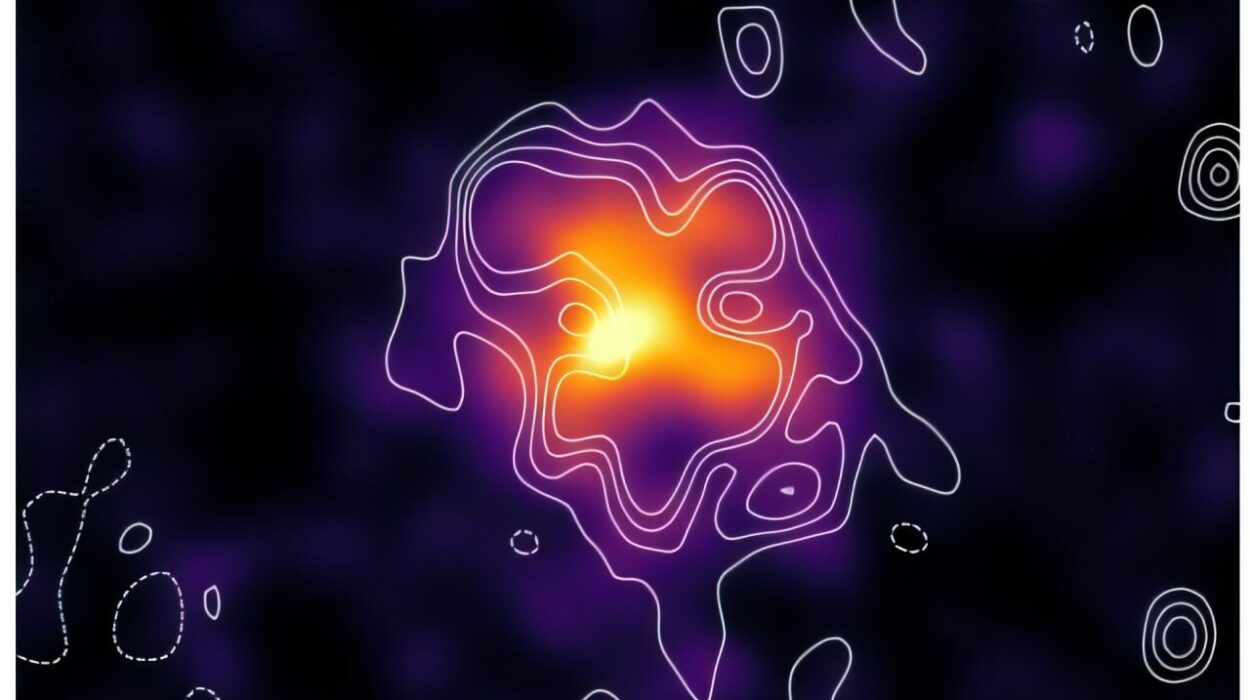A recently discovered asteroid has sparked attention due to the slim possibility that it could collide with Earth in 2032. While scientists have placed the odds of a strike at just over 1%, the discovery has prompted close monitoring and careful analysis of the asteroid’s trajectory. The asteroid, known as 2024 YR4, is currently on a path that may bring it close to Earth in December 2032, though its exact impact risk remains minimal at this point.
Discovery and Current Status
The asteroid was first spotted in January 2024 by astronomers using a telescope in Chile. Estimates suggest that it measures between 130 and 330 feet (40 to 100 meters) in diameter, making it a sizable object in terms of potential risk. However, as of now, scientists are not overly concerned about the asteroid’s chance of impacting Earth. According to Paul Chodas, the director of NASA’s Center for Near-Earth Object Studies, the probability of a collision is low, with an over 99% chance that it will miss Earth.
Despite the low odds of impact, Chodas emphasized that the asteroid is still deserving of attention. “It deserves attention,” he said. The asteroid’s risk will be closely monitored as its orbit is better understood over time.
Why the Risk is So Low
The asteroid’s current trajectory is not a direct threat to Earth, as it is actually heading away from the planet. This initial observation has reassured astronomers, but continuous tracking is necessary to refine the asteroid’s orbital path and to confirm that the risk will diminish even further. As more observations are made and the asteroid’s orbit becomes clearer, scientists believe that the probability of a strike may ultimately fall to zero.
Although the asteroid will gradually fade from view in the coming months, it will continue to be observed by some of the world’s most advanced telescopes. These instruments will provide more precise measurements, improving our understanding of the asteroid’s size and movement. As the asteroid moves out of view, it won’t be visible until it returns to the vicinity of Earth in 2028, when astronomers will be able to examine its path once again.
Close Approaches and Historical Data
On Christmas Day of 2023, the asteroid passed Earth at a distance of approximately 500,000 miles (800,000 kilometers)—roughly twice the distance between Earth and the Moon. Though it was a relatively close approach, it still posed no immediate danger. The asteroid was not discovered until two days later when telescopes finally detected it.
One of the key elements in assessing the asteroid’s risk is analyzing its past movements. Scientists are combing through historical sky surveys, particularly from 2016, to see if the asteroid has passed near Earth before. If these past images reveal the asteroid’s path, astronomers can make more accurate predictions about whether a collision with Earth is possible.
Chodas explained that if scientists are able to detect the asteroid’s trajectory in 2016 images, they can assess whether it has crossed paths with Earth in the past. If no such detection is found, it would simply mean that the probability of impact will decrease gradually as more observations are added. “If we don’t find that detection, the impact probability will just move slowly as we add more observations,” he said.
Risk Assessment and Potential Impact
According to the European Space Agency (ESA), Earth is struck by an asteroid of this size approximately every few thousand years, which could lead to significant damage. However, the potential for a collision with 2024 YR4 is still very low. This asteroid has now topped ESA’s list of asteroid risks, primarily because of the possibility that it could pose a more significant threat if it were to strike Earth.
The exact location of impact, should the asteroid hit in 2032, remains unclear. The asteroid will approach Earth most closely on December 22, 2032, but at this point, scientists have no way of predicting where it would land if it did strike the planet. However, NASA and other space agencies continue to refine their observations to keep track of any potential changes in its path.
Current Status of Other Asteroids
As of now, 2024 YR4 is the only known large asteroid with an impact probability greater than 1% in the near future. NASA has confirmed that no other asteroid poses a similar risk at this time. This observation provides some relief, as the chances of a large asteroid striking Earth in the foreseeable future remain extremely low.
While this latest discovery has grabbed headlines, it serves as a reminder of the importance of monitoring near-Earth objects. Scientists continue to track thousands of asteroids in our solar system, many of which pose no threat to our planet, but others could potentially cause significant damage. With advancements in space observation technology, astronomers are constantly improving their ability to detect, track, and predict the movements of these space rocks, giving us more time to respond if a real threat emerges.
Conclusion
In summary, 2024 YR4 presents a very small risk to Earth in 2032, with the probability of a collision currently at just over 1%. While this may sound alarming at first, the odds are overwhelmingly in favor of the asteroid missing our planet. Nevertheless, scientists continue to monitor the asteroid’s path and refine their predictions. As more data is collected, the risk will either diminish further or, in the unlikely event of a collision becoming more probable, mitigation plans will be explored. For now, there is no immediate danger, but the asteroid’s discovery highlights the ongoing need for vigilance in tracking near-Earth objects.






